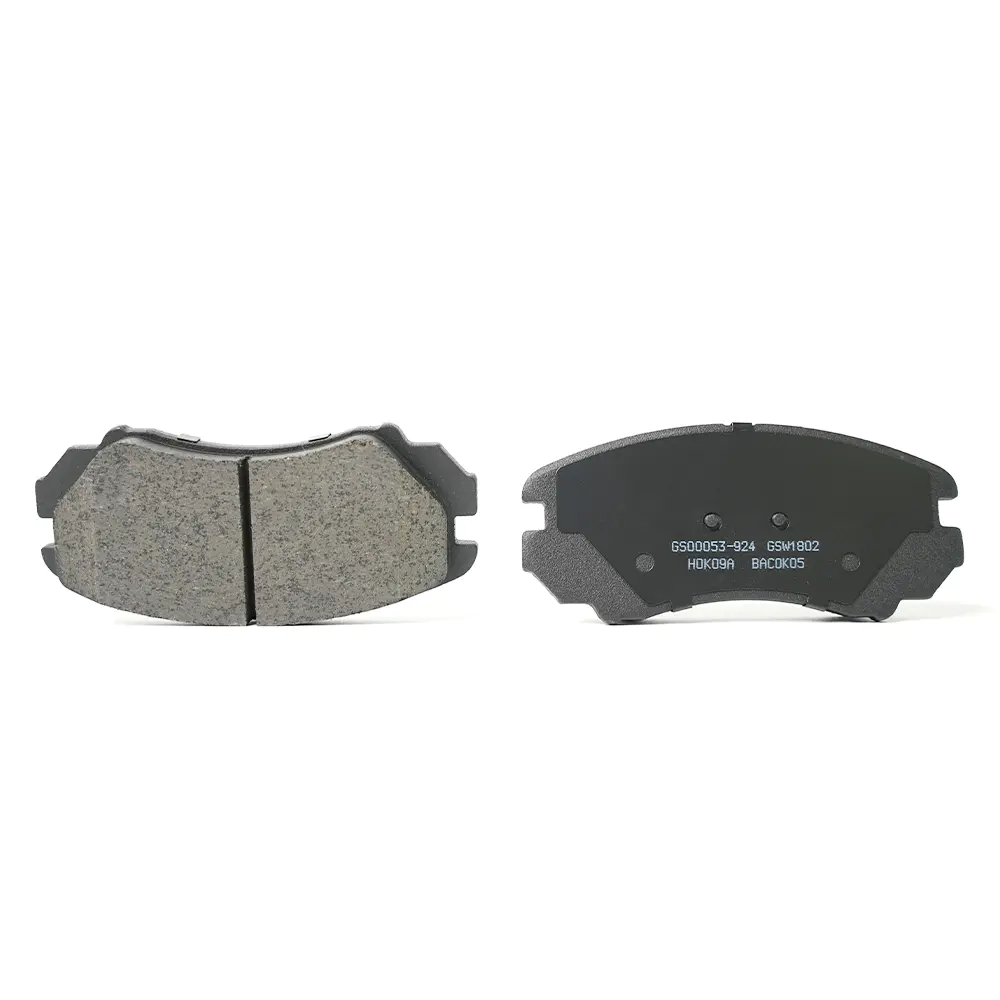When it comes to selecting the right brake pads for your vehicle, understanding their performance across various driving conditions is crucial. Hyundai brake pads, available in semi-metallic and ceramic formulations, offer distinct advantages depending on the environment and driving style. But how do these two options stand up to extreme weather conditions and different driving habits? Let’s dive deeper into how Hyundai brake pads perform in various driving scenarios.
Performance in Extreme Weather Conditions
One of the key factors that affect brake pad performance is the weather. Whether it's freezing temperatures or scorching heat, the weather can have a significant impact on braking efficiency. Hyundai brake pads are engineered to perform reliably in a range of conditions, but understanding how each material type responds to different climates can help drivers make the right choice for their needs.
Cold Weather: In colder climates, braking performance can be compromised due to the build-up of moisture or ice on the braking components. Semi-metallic Hyundai brake pads, thanks to their metal content, are generally more resistant to freezing conditions. They retain their friction properties even in low temperatures, making them an excellent choice for drivers who face harsh winters. On the other hand, ceramic brake pads tend to perform slightly less effectively in extremely cold conditions because they are more prone to becoming brittle. However, the overall braking system, including the use of high-quality rotors, ensures that performance remains steady.
Hot Weather: Hot temperatures bring their own set of challenges, such as brake fade, where the friction material begins to overheat and lose its stopping power. Semi-metallic Hyundai brake pads excel in high-temperature environments because their metal components allow them to maintain performance without significant degradation. Ceramic pads, while excellent for everyday driving, can be less effective in extreme heat due to their higher likelihood of heat retention. However, Hyundai’s advanced designs mitigate this issue, ensuring that the vehicle’s braking system continues to deliver optimal stopping power, even in warmer climates.

Performance Based on Different Driving Styles
Hyundai vehicles cater to a diverse range of drivers, from those who commute daily in city traffic to those who enjoy long highway drives or engage in more aggressive driving styles. Each type of driving puts different demands on brake pads, and Hyundai brake pads are designed to meet these varying needs.
City Driving: In stop-and-go traffic, frequent braking puts a lot of strain on brake pads. Here, ceramic Hyundai brake pads really shine. They are designed to produce minimal dust, operate quietly, and deliver consistent performance in urban environments. The smooth and quiet operation of ceramic pads makes them the ideal choice for drivers navigating city streets and handling constant stops and starts. Additionally, their reduced brake dust helps keep the wheels cleaner and minimizes the impact on the environment.
Highway Driving: When cruising on the highway, the demands on the brake pads shift. In this scenario, semi-metallic Hyundai brake pads offer better durability and heat resistance, making them an excellent choice for drivers who engage in highway driving where high speeds and sudden braking are common. These pads provide stronger braking power under heavy use, ensuring that the vehicle remains responsive and safe, even after long periods of sustained driving.
Aggressive Driving: For those who like to push their vehicles to the limit, semi-metallic Hyundai brake pads are the better option. These pads excel in performance under high-stress conditions, offering robust stopping power and durability. Whether you’re speeding down a mountain pass or taking sharp turns, semi-metallic pads can handle the heat and provide consistent performance.
Tailoring Brake Pad Selection to Weather and Driving Habits
Ultimately, selecting the right Hyundai brake pads depends on where and how you drive. While ceramic pads are quieter and cleaner, semi-metallic options provide superior performance in extreme weather and more aggressive driving scenarios. Understanding the nuances of each brake pad material can help you make an informed decision that enhances both safety and driving experience.
When deciding on Hyundai brake pads, consider the climate in your area and your driving patterns. If you primarily drive in moderate climates and need a quieter ride with low dust, ceramic pads are likely the way to go. However, for those who live in areas with extreme temperatures or who enjoy spirited driving, the semi-metallic Hyundai brake pads will offer the performance and durability you need.
In conclusion, no matter your driving style or where you live, Hyundai brake pads have been designed to meet the demands of diverse conditions. By carefully considering the weather and your driving habits, you can select the ideal brake pads for your vehicle, ensuring maximum safety and performance on the road.